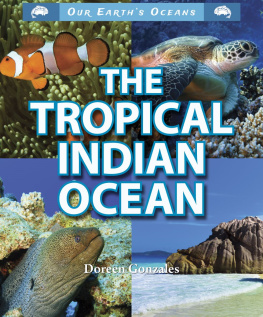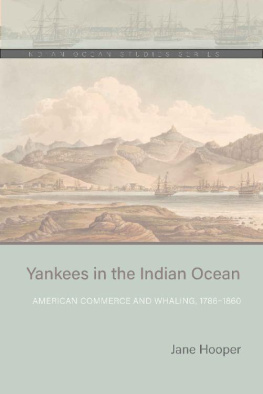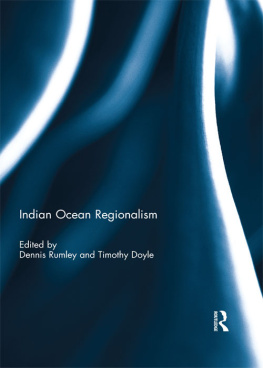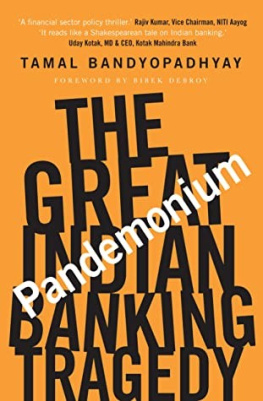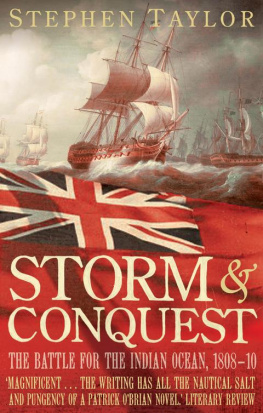Bandyopadhyay B. K. - Tropical Cyclone Activity over the North Indian Ocean
Here you can read online Bandyopadhyay B. K. - Tropical Cyclone Activity over the North Indian Ocean full text of the book (entire story) in english for free. Download pdf and epub, get meaning, cover and reviews about this ebook. City: Cham, year: 2017, publisher: Springer International Publishing, genre: Politics. Description of the work, (preface) as well as reviews are available. Best literature library LitArk.com created for fans of good reading and offers a wide selection of genres:
Romance novel
Science fiction
Adventure
Detective
Science
History
Home and family
Prose
Art
Politics
Computer
Non-fiction
Religion
Business
Children
Humor
Choose a favorite category and find really read worthwhile books. Enjoy immersion in the world of imagination, feel the emotions of the characters or learn something new for yourself, make an fascinating discovery.
- Book:Tropical Cyclone Activity over the North Indian Ocean
- Author:
- Publisher:Springer International Publishing
- Genre:
- Year:2017
- City:Cham
- Rating:5 / 5
- Favourites:Add to favourites
- Your mark:
- 100
- 1
- 2
- 3
- 4
- 5
Tropical Cyclone Activity over the North Indian Ocean: summary, description and annotation
We offer to read an annotation, description, summary or preface (depends on what the author of the book "Tropical Cyclone Activity over the North Indian Ocean" wrote himself). If you haven't found the necessary information about the book — write in the comments, we will try to find it.
Tropical Cyclone Activity over the North Indian Ocean — read online for free the complete book (whole text) full work
Below is the text of the book, divided by pages. System saving the place of the last page read, allows you to conveniently read the book "Tropical Cyclone Activity over the North Indian Ocean" online for free, without having to search again every time where you left off. Put a bookmark, and you can go to the page where you finished reading at any time.
Font size:
Interval:
Bookmark:
Tropical Cyclone Impact and Early Warning System
- Though TCs are in general seasonal phenomena, with most tropical ocean basins having maximum frequency of formation during the late summer to early autumn period, TC frequency over the NIO shows bimodal character with primary peak during the post-monsoon season (October to December) followed by the secondary peak during the pre-monsoon season (March to May). During the southwest monsoon season of June to September, intense systems usually do not develop due to northward shift of the convergence zone over the land and high vertical wind shear (Rao ).
- NIO basin is a smaller oceanic basin compared to other vast oceanic basins of the globe and, its further division into two sub-regions, viz., the BOB and the AS with intervening South Asian land mass adds to its peculiarity.
- The average life period of a TC over the NIO is only about 35 days, in contrast to longer life periods over other oceanic basins, which reduces the forecast lead time for landfall forecast.
- The unique coastal geometry as well as bathymetry and topography of the BOB further pose greater challenges to TC forecasting.
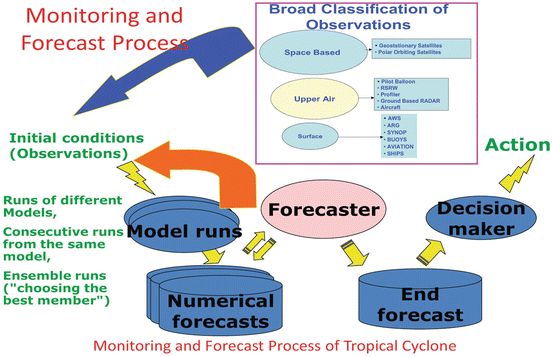
Font size:
Interval:
Bookmark:
Similar books «Tropical Cyclone Activity over the North Indian Ocean»
Look at similar books to Tropical Cyclone Activity over the North Indian Ocean. We have selected literature similar in name and meaning in the hope of providing readers with more options to find new, interesting, not yet read works.
Discussion, reviews of the book Tropical Cyclone Activity over the North Indian Ocean and just readers' own opinions. Leave your comments, write what you think about the work, its meaning or the main characters. Specify what exactly you liked and what you didn't like, and why you think so.




